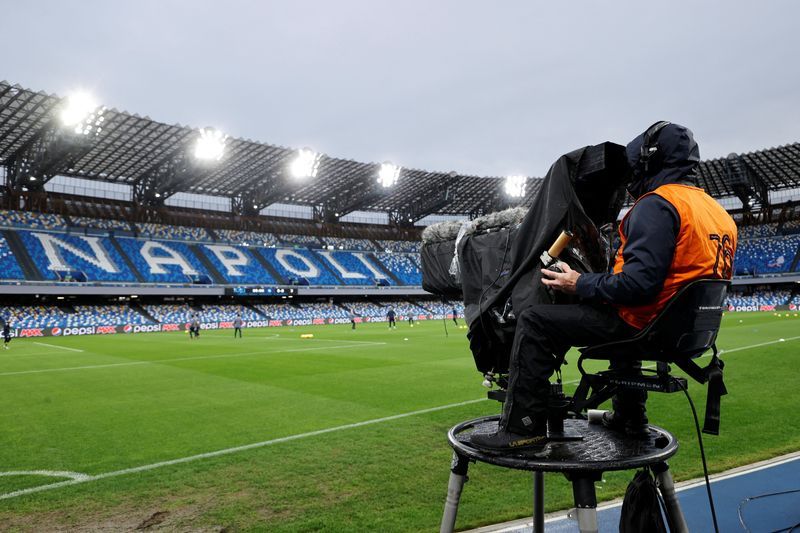The world of sports broadcasting has undergone a remarkable transformation with the advent of high-speed cameras. These marvels of technology have revolutionized the way we experience the drama and athletic prowess on display. Gone are the days of blurry action sequences and missed details. High-speed cameras, with their ability to capture frames at rates exceeding traditional cameras by a significant margin, have brought a new level of clarity and detail to replays, forever changing the way we view sporting events. At the heart of this revolution lies the concept of frame rate. Standard broadcast cameras typically capture footage at 30 frames per second fps. While this provides a smooth viewing experience for most purposes, it struggles to keep pace with the lightning-fast movements inherent in many sports. A high-speed camera, however, can capture hundreds, even thousands of frames per second. This allows for the creation of slow-motion replays that break down the action into its most minute details, revealing aspects invisible to the naked eye.

The impact of high-speed cameras is undeniable. It has elevated the viewing experience for fans, allowing them to appreciate the biomechanics of a perfectly executed strike in baseball, the subtle nuances of a deceptive spin move in basketball, or the explosive power unleashed in a sprinter’s launch. These cameras have become instrumental in officiating narrow escapes, providing irrefutable evidence for disputed plays. A controversial goal-line call in soccer, a disputed foul in basketball, or a close finish in a horse race can all be definitively settled with the help of high-speed replays. Beyond officiating and fan engagement, high-speed cameras have become invaluable tools for coaches and athletes. By providing a detailed breakdown of their movements, these cameras allow for a deeper analysis of technique and performance. Athletes can identify areas for improvement, while coaches can tailor training programs to address specific weaknesses. This level of detail has become a crucial element in the pursuit of peak athletic performance at the highest levels of competition.
The use of high-speed cameras extends beyond traditional 무료해외스포츠중계사이트. They are now being employed in a variety of sporting disciplines, from extreme sports like skateboarding and snowboarding to niche activities like gymnastics and diving. Here, the ability to capture the intricate details of complex maneuvers and daring feats is essential for both judging and displaying the artistry and athleticism involved. However, the implementation of high-speed cameras is not without its challenges. The sheer volume of data captured at such high frame rates requires powerful processing and storage capabilities. Additionally, the cost of these cameras can be significant, especially for smaller production companies. Integration with existing broadcast workflows also presents technical considerations. Despite these challenges, the future of high-speed cameras in sports broadcasting appears bright. As technology continues to advance, we can expect even faster frame rates, improved image quality, and more affordable solutions. This will further enhance the viewing experience for fans and provide even more powerful analytical tools for athletes and coaches.

